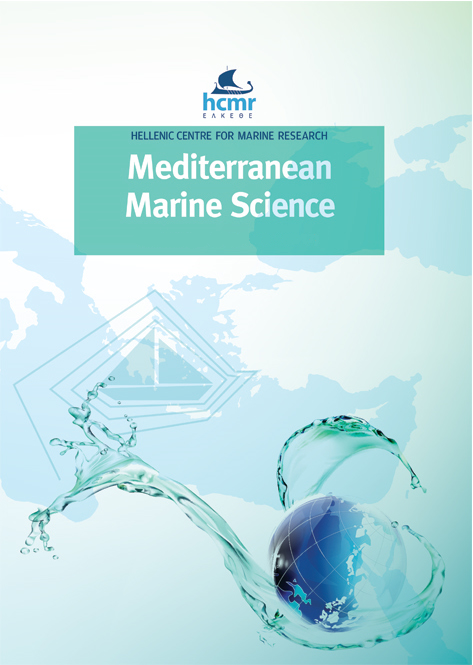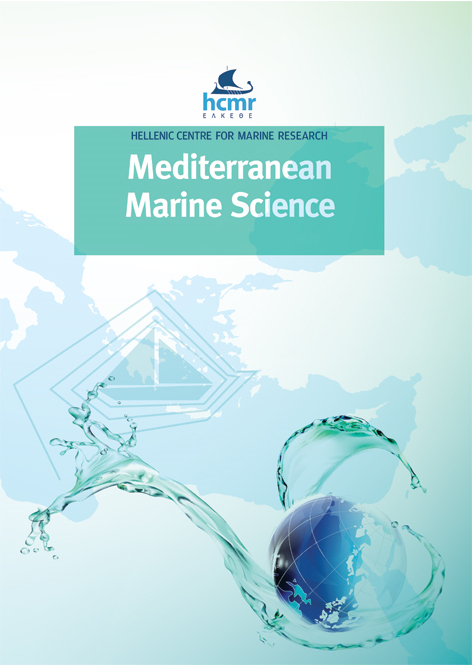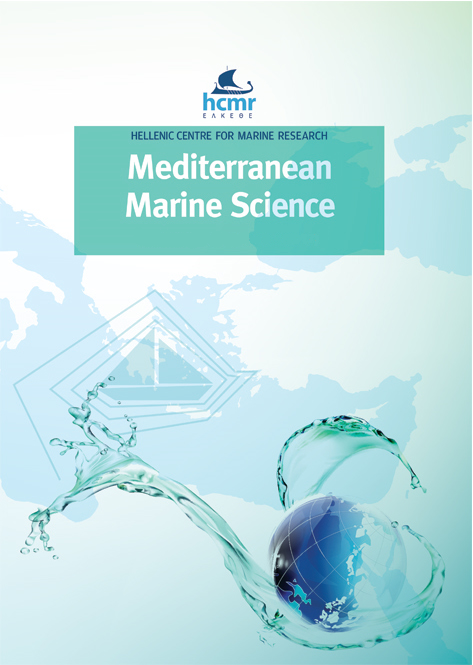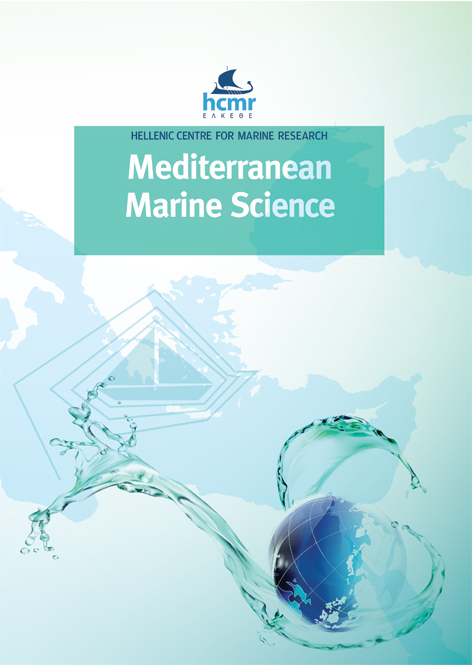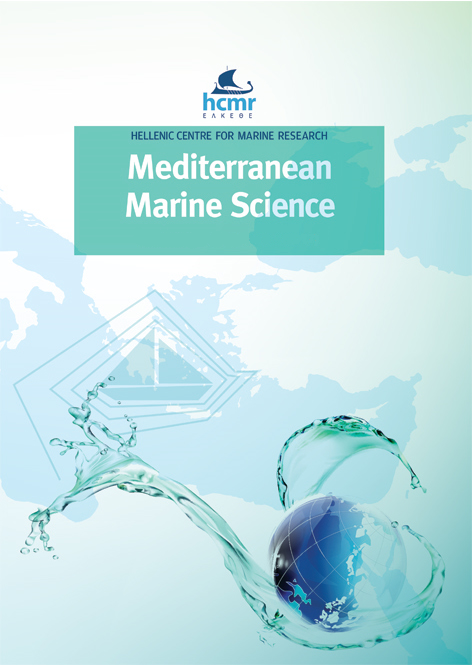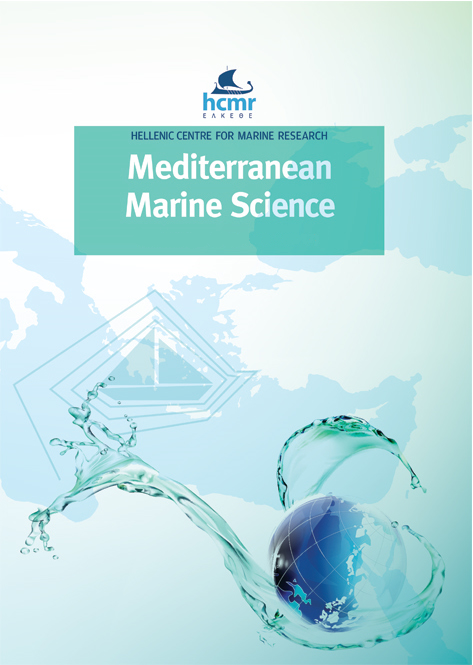Polyclinum constellatum (Tunicata, Ascidiacea), an emerging non-indigenous species of the Mediterranean Sea: integrated taxonomy and the importance of reliable DNA barcode data
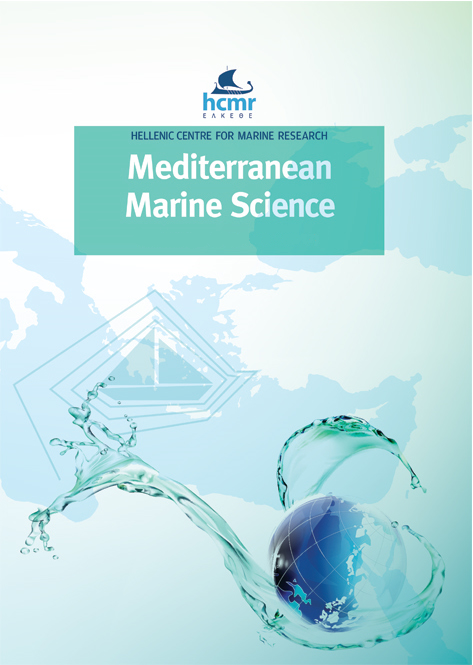
Περίληψη
Polyclinum constellatum is a colonial ascidian with a pantropical distribution, recently introduced in the Eastern Mediterranean Sea, indeed it was reported along Egyptian and Turkish coasts 2016 and 2018, respectively. In the present study we report its presence along the coasts of Greece and Italy (Eastern and Central Mediterranean Sea, respectively), using an integrated approach joining morphological and molecular analysis. Colonies of P. constellatum were collected from artificial substrata in the harbour of Taranto (Ionian Sea) in November 2018 and in the marina of Heraklion (Crete, Aegean Sea) in October 2019. Remarkably, several colonies observed and collected in the Heraklion marina appeared as two or more masses joined at their base or fused together, often with different colour morpho-types. Here we provide their detailed morphological description and molecular characterization using a long fragment of the mitochondrial COI sequence as DNA barcode. Furthermore, we present and discuss a comparative table of the main morphological features of all species of the genus Polyclinum known to date, and an accurate analysis of the reliability of the Polyclinum COI sequence currently available. Our study proves that P. constellatum is further spreading in the Eastern Mediterranean Sea and already reached the Central Mediterranean Sea. Moreover, the present study reveals the presence of erroneously assigned Polyclinum COI sequences in public databases and a possible synonymy between the species P. constellatum, Polyclinum indicum Sebastian, 1954 (accepted as Polyclinum sebastiani Brunetti, 2007) and Polyclinum madrasensis Sebastian, 1952. Overall, our data provide a useful tool for the accurate and reliable identification of this expanding species in other non-investigated areas and suggest the most likely vector of introduction of this non-indigenous species in the investigated localities.
Λεπτομέρειες άρθρου
- Πώς να δημιουργήσετε Αναφορές
-
MONTESANTO, F., CHIMIENTI, G., GISSI, C., & MASTROTOTARO, F. (2022). Polyclinum constellatum (Tunicata, Ascidiacea), an emerging non-indigenous species of the Mediterranean Sea: integrated taxonomy and the importance of reliable DNA barcode data. Mediterranean Marine Science, 23(1), 69–83. https://doi.org/10.12681/mms.28311
- Τεύχος
- Τόμ. 23 Αρ. 1 (2022)
- Ενότητα
- Research Article
Authors who publish with this journal agree to the following terms:
- Authors retain copyright and grant the journal right of first publication with the work simultaneously licensed under a Creative Commons Attribution Non-Commercial License that allows others to share the work with an acknowledgement of the work's authorship and initial publication in this journal.
- Authors are able to enter into separate, additional contractual arrangements for the non-exclusive distribution of the journal's published version of the work (e.g. post it to an institutional repository or publish it in a book), with an acknowledgement of its initial publication in this journal.
- Authors are permitted and encouraged to post their work online (preferably in institutional repositories or on their website) prior to and during the submission process, as it can lead to productive exchanges, as well as earlier and greater citation of published work (See The Effect of Open Access).





